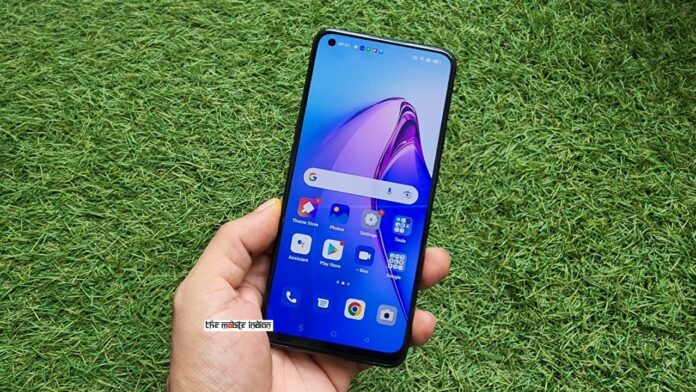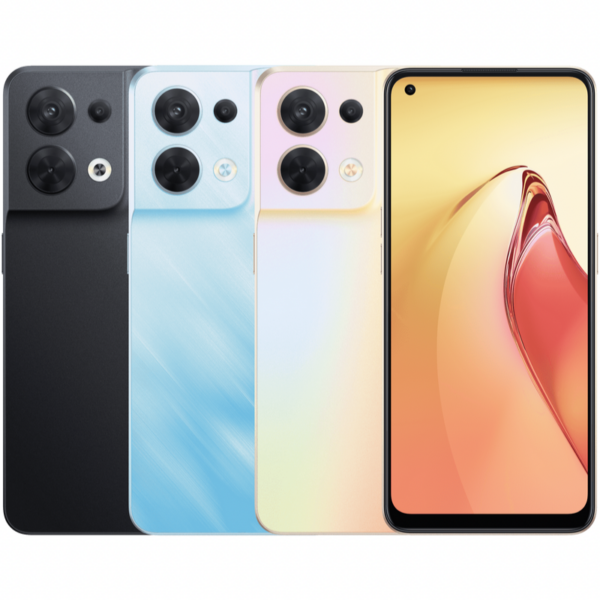Reno series has been a mid-ranger from the house of Oppo with major focus on camera. While these aren’t truly Find X-series level flagships, they are the most top-end devices from Oppo one can purchase in India. The brand launched the Oppo Reno 8 and the Reno 8 Pro in India a few days ago and today, we are going to talk about the vanilla model out of the two. The Reno 8 comes as a premium mid-ranger and also competes for head to head with OnePlus Nord 2T. So does the Reno 8 score higher than Nord 2T, or does it fail to impress? Let’s find out in our review of the Oppo Reno 8.
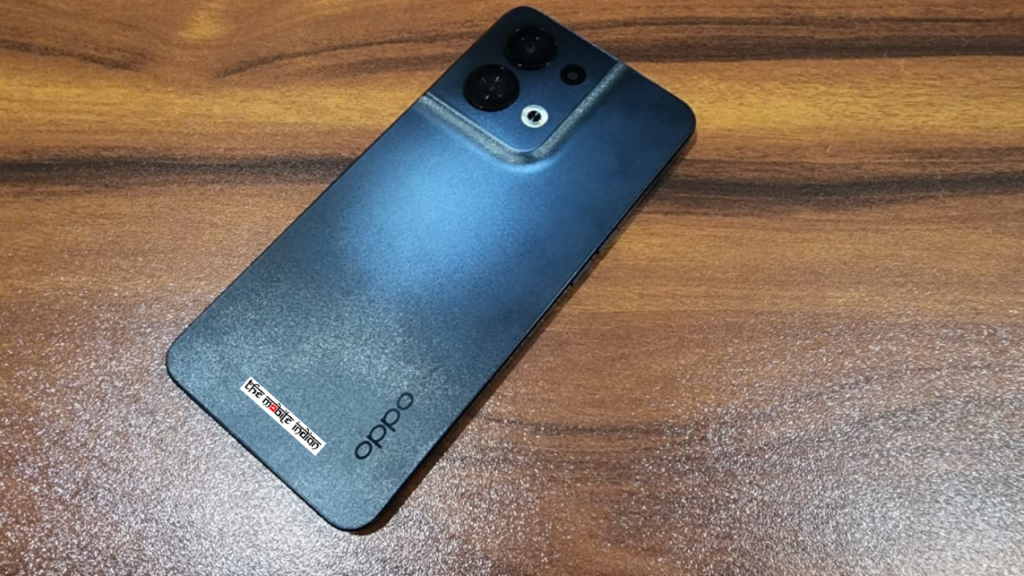
Reno 8 Review: Design & Display
The Reno 8 picks up the flat frame design that most of Android flagships are adopting these days. The button placement is as usual, with a speaker grille alongside a USB-C port and a SIM tray at the bottom. The buttons are clicky enough, and the green tint on the power button always looks good. There’s a mic at the top and three camera sensors at the back with an LED flashlight ring.
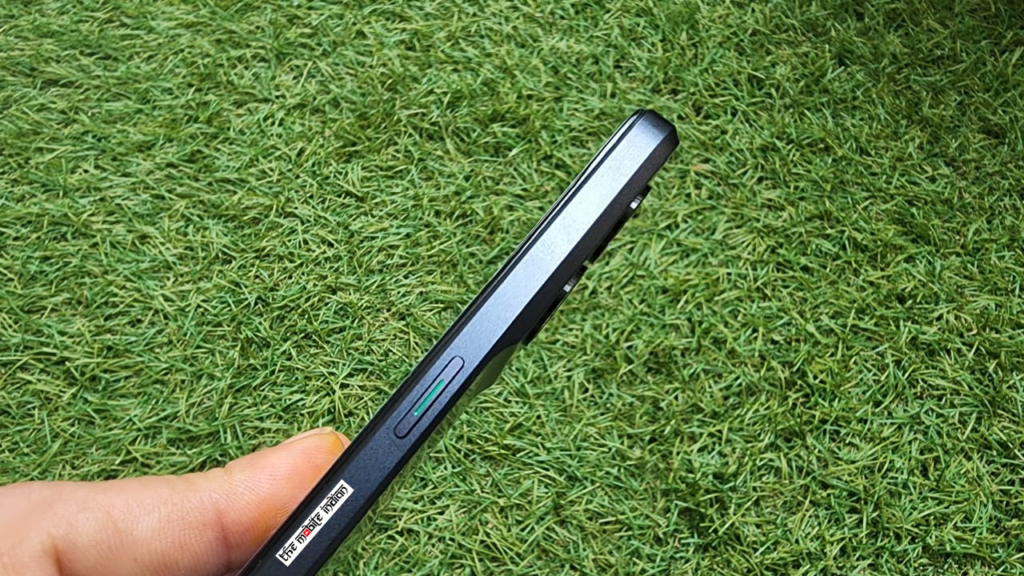
This is a unibody design as the back frame of the device curves to form the camera array. The fit and finish have been done really well, and the smartphone build feels solid in hand. The flat design helps in a confident grip, and you get a premium finish overall. The device is available in two colours out of which the black one is more stealthy whereas the golden one speaks more for itself to stand out from the crowd.
As for the display, the Reno 8 sports a 6.43-inch full-HD+ AMOLED screen that offers a 2400×1080 pixels Resolution and a 20:9 aspect ratio. Further, the display comes with a 90Hz screen refresh rate, 180Hz touch sampling rate, and Gorilla Glass 5 protection. The specifications of the display look decent enough, and they convert into practical usage as well.
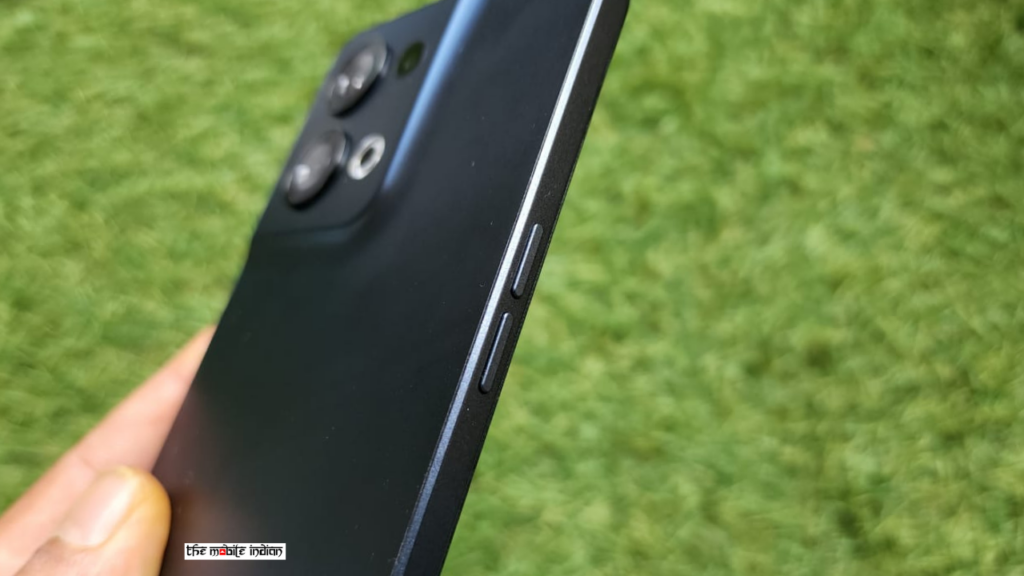
The display on the Reno 8 gets plenty bright outdoors and has a very vivid colour profile because of which the colours pop. The viewing angles are decent, and the 90Hz Refresh Rate definitely helps in the smoothness. The panel is also very responsive to the touch while the content on display looks sharp. Overall, I am impressed with the display panel on the Reno 8.
Reno 8 Review: Software, Performance & Overall Experience
Oppo Reno 8 5G packs the MediaTek Dimensity 1300 octa-core Chipset and gets 8GB of LPDDR4x RAM and 128GB UFS 3.1 storage. Higher RAM and storage variants would have been a welcome addition, but we are stuck with a single configuration. Moreover, there’s no SD card storage expansion support, so that’s a bummer.
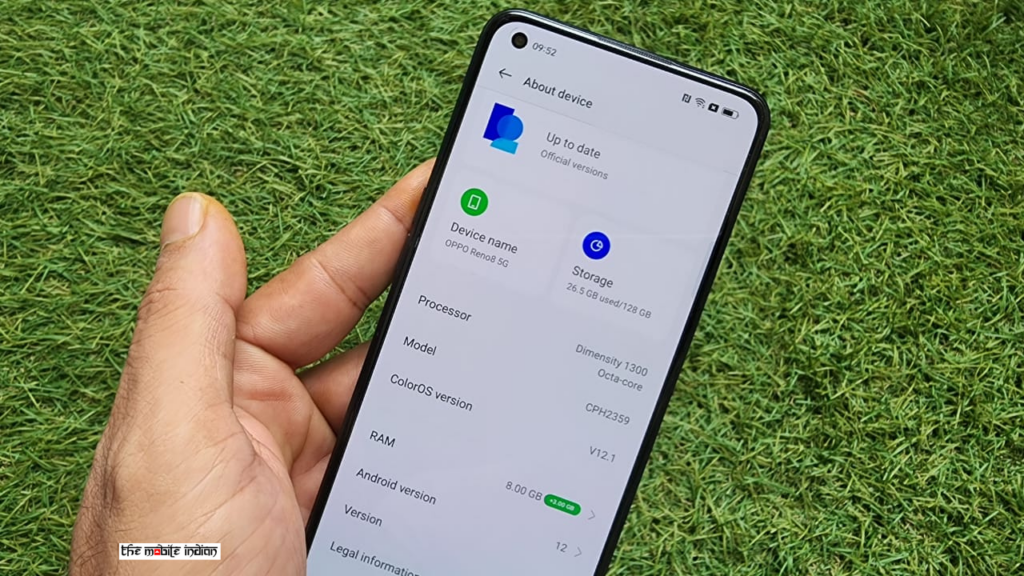
Apart from that, the performance of the device has been smooth sailing so far with my usage. The Dimensity 1200 was a very capable chip, and so is its successor. The Reno 8 can handle everything you throw at it with ease. The apps load up quickly without any stutters, and I haven’t faced any lag throughout my time while using the Reno 8.
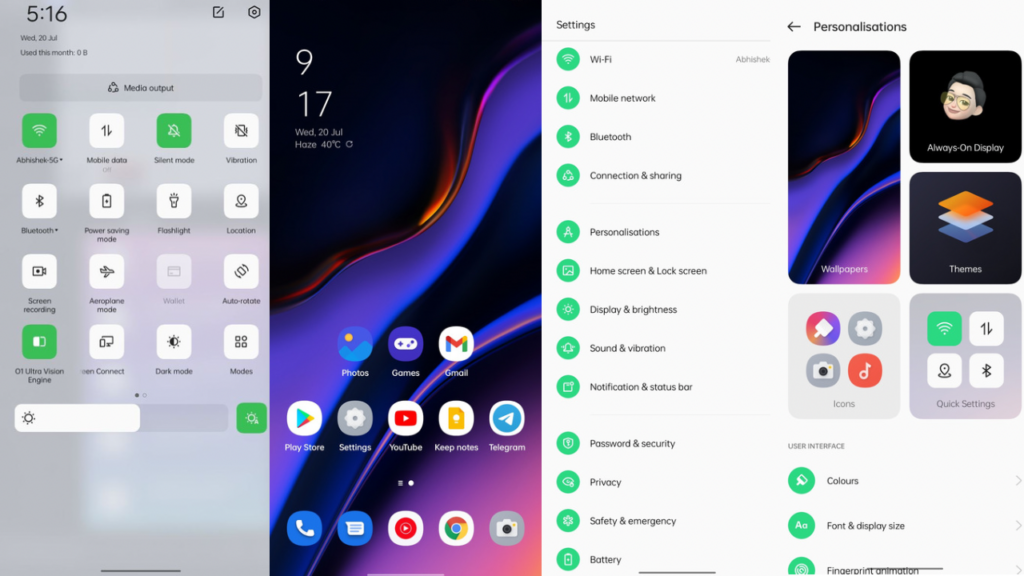
The Oppo Reno 8 runs on ColorOS 12.1 based on Android 12. It has all the customization features one would ask for, including an Always-on display, UI colour, multiple fonts, App lock, Gaming mode and much more. The animations in the UI look pleasing and are, again, smooth. Connectivity features, including 4G, 5Ghz Wi-Fi and Bluetooth, worked fine without any issues as well. The device also includes an in-display fingerprint sensor whose performance was optimum, while there’s face unlock support as well.
Talking about gaming, I was again impressed with how the Reno 8 performed, as I could easily play Call of Duty Mobile at the highest graphics and FPS setting. Yes, there were a few stutters after some time into the game, but these weren’t bothersome. Thermal management was great too.
Now, two of the most disappointing aspects of the Reno 8 that really turn down the experience are its Haptics and the bottom-firing speaker. The haptics on the device feel like those on a budget smartphone, where the motor rattles and makes a weird buzzing noise. Secondly, it has a single speaker, which is actually surprising considering even some cheaper devices now have stereo speakers. Moreover, the speaker output sounded muffled with very little detailing to the background music.
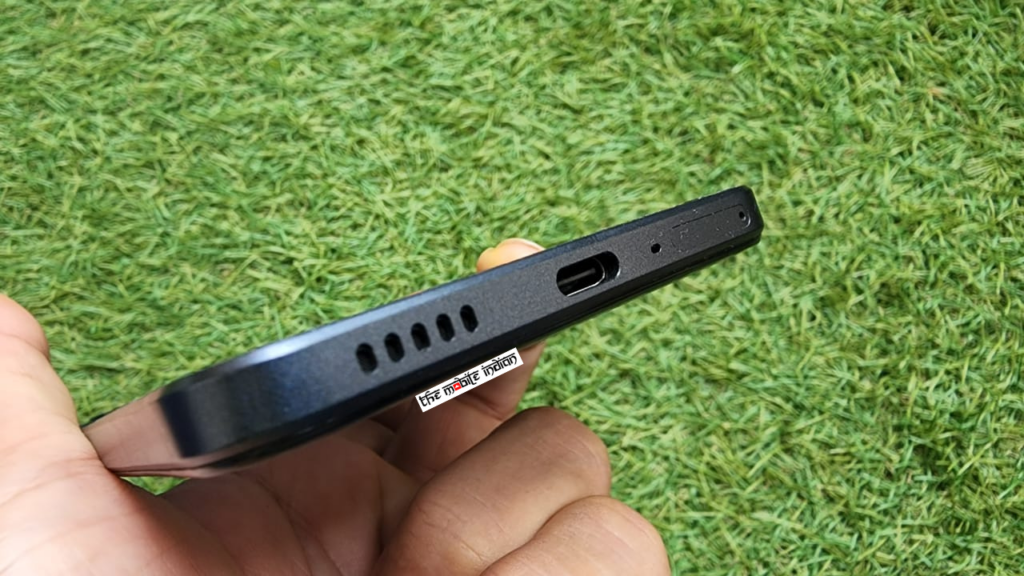
One can say that the OnePlus Nord 2 seems better in this area as it gets stereo speakers and a much better haptic motor that actually feels premium. Moreover, to add to the design element, it also gets the Alert Slider which users love and claim that it makes the experience of putting the phone on silent or vibrating much easier.
Furthermore, with very minor differences remaining in the software of both the phones, the Nord 2T may just come up at the top against the Reno 8 as the latter might have very little to offer that is better than what comes with the Nord 2. But that remains to be seen at the end of this review.
Read More: Oppo Reno 8 series, Oppo Pad Air, Enco X2 TWS launched in India
Reno 8 Review: Battery Life
The Oppo Reno 8 is backed by a 4500mAh battery that comes with 80W Fast charging support. The device performs really well in this segment as well. The Reno 8 could easily last me a full day without getting drained completely. I was easily able to get close to 6 hours of screen-on time with regular use, including browsing, music playback, chatting and some calls. Heavy use, including navigation and gaming, decreased the screen-on time, but even then, the battery backup was great. Even the charging speeds were fast where it charged from 0 to 100% in about 25 minutes.
Reno 8 Review: Cameras
The Reno series from Oppo pays a lot of attention to cameras, and the Reno 8 is no exception. Oppo has equipped the device with triple cameras, including a 50MP f/1.8 primary lens, an 8MP f/2.2 ultra-wide sensor, and a 2MP f/2.4 macro sensor. For selfies and video calls, the device uses a 32-megapixel f/2.4 shooter.
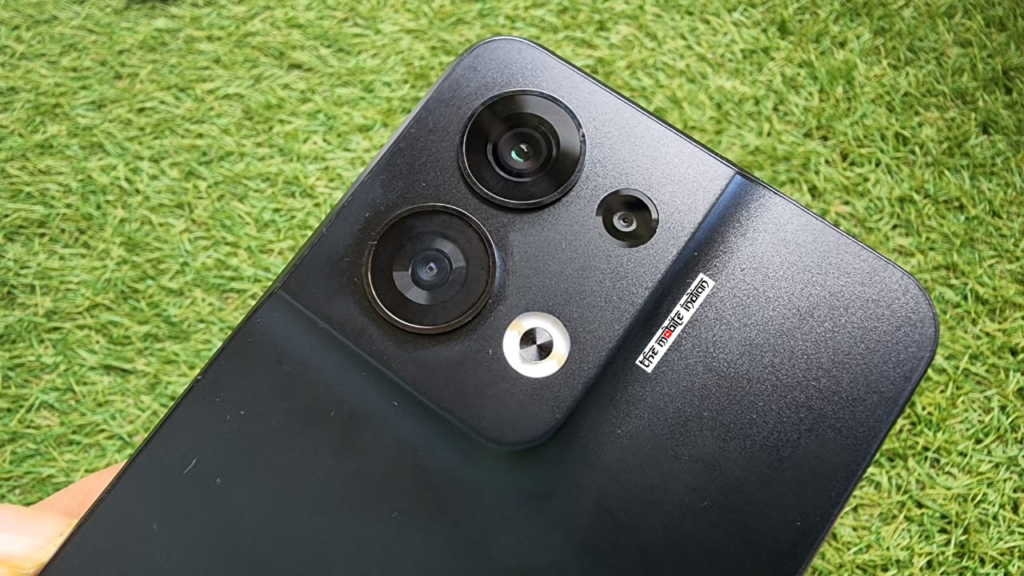
Oppo sticks to its native camera app with the Reno 8, which includes several modes including portrait, slo-mo, time-lapse, dual-view video, panorama, macro, Extra HD and a Pro mode to give the user manual control over various features of the camera. The app is not very complicated to navigate through. However, I did notice a good amount of shutter lag when shooting photos in the normal mode. The device takes close to a second to capture and save the photo.
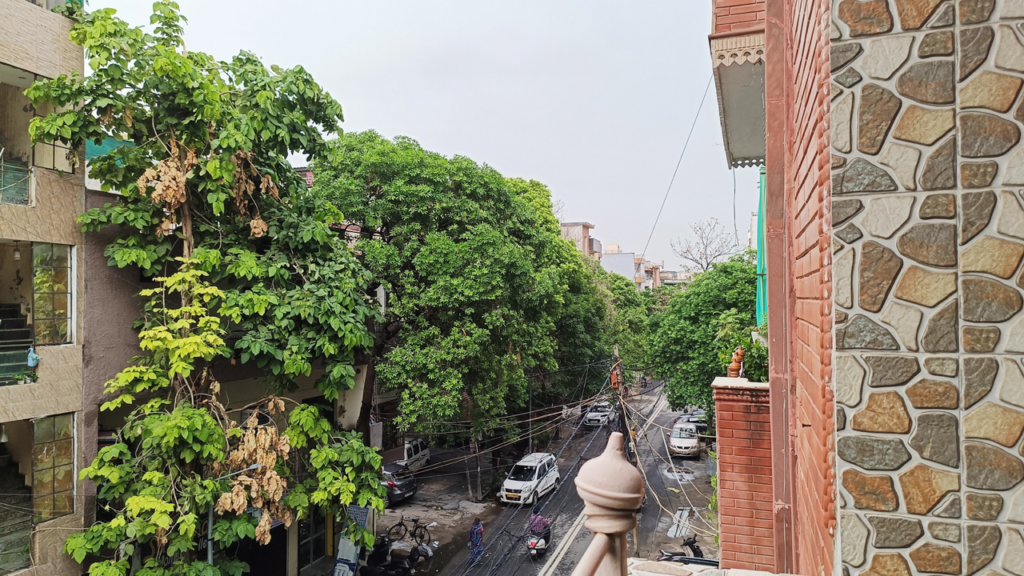
As for the camera performance, like most smartphone cameras, the primary sensor performs well when given enough light. There are plenty of details in the shot, and the sharpness is on point. The colours, however, are a little too vibrant for my liking. They do look good when you look at the photo, but a slightly more natural coloured approach would have been better, in my opinion.
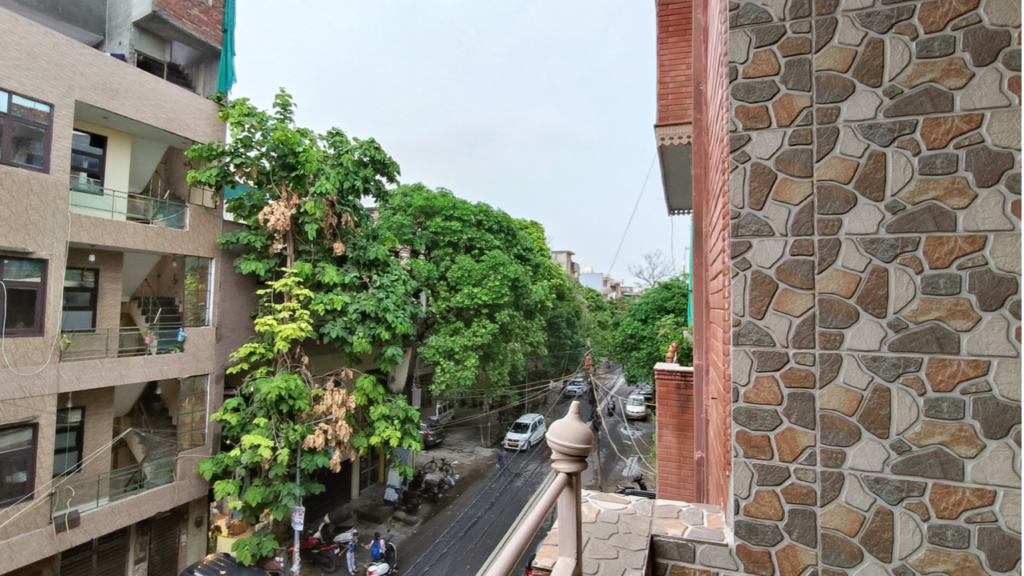
Shots from the Wide-Angle sensor have a very minor colour shift when compared to shots from the primary sensor, and that’s a good thing. The colours are handled better by the wide-angle sensor with a cooler tone but the shots come out blurry when you zoom in and observe. Moreover, the photo gets even more blurry and noisier at the edges, which I didn’t expect would happen.
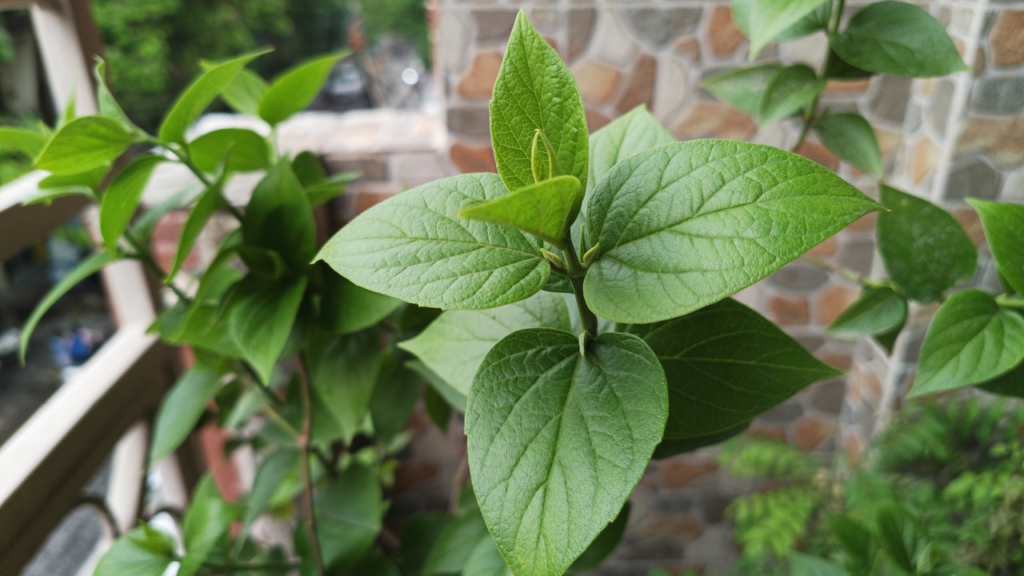
The portrait shots are very well detailed with an ample amount of sharpness. The colours stay vibrant and the bokeh effect in the background has good intensity with accurate EDGE detection. The device was able to focus on the subject pretty quickly. The macro shots on the other hand aren’t very detailed as the portrait shots but are decent looking.

Selfies came out to be a little too soft, and colours look washed out. In portrait selfies, though, the edge detection is accurate enough, and the bokeh is handled perfectly. Overall, selfies could have been much better in terms of detailing, sharpness and colours.


In low lighting conditions, the phone struggled to focus on the subject in Photo mode, but in portrait mode, it could identify the subject fine. In artificial lighting, there were no issues in focusing on the subject. Colours in both these modes were handled okay with above-average sharpness and detailing.
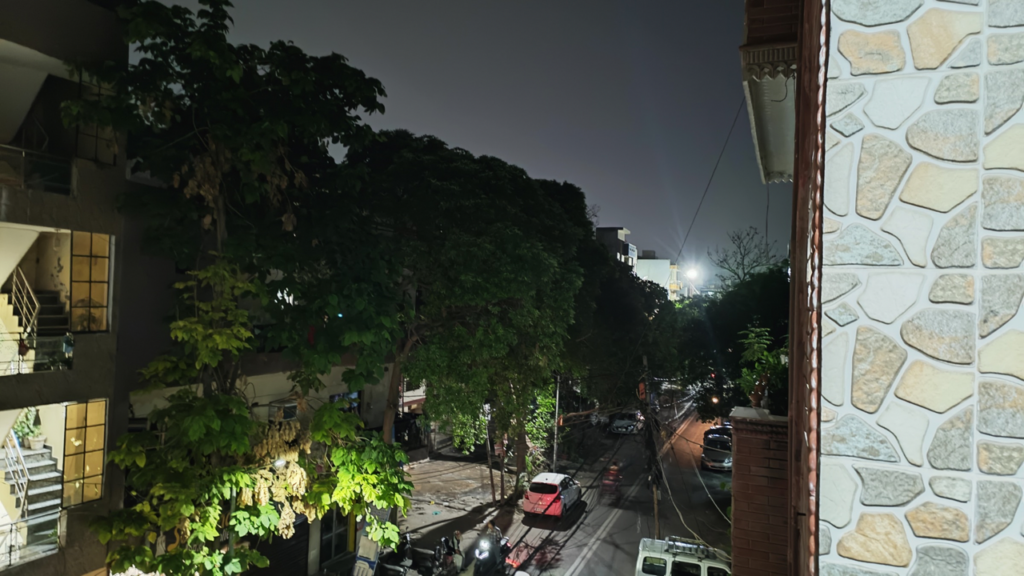
For night shots, you get a sharp enough shot with decent colours and very less noise. Exposure levels could have been slightly better but the overall night shot was good.


